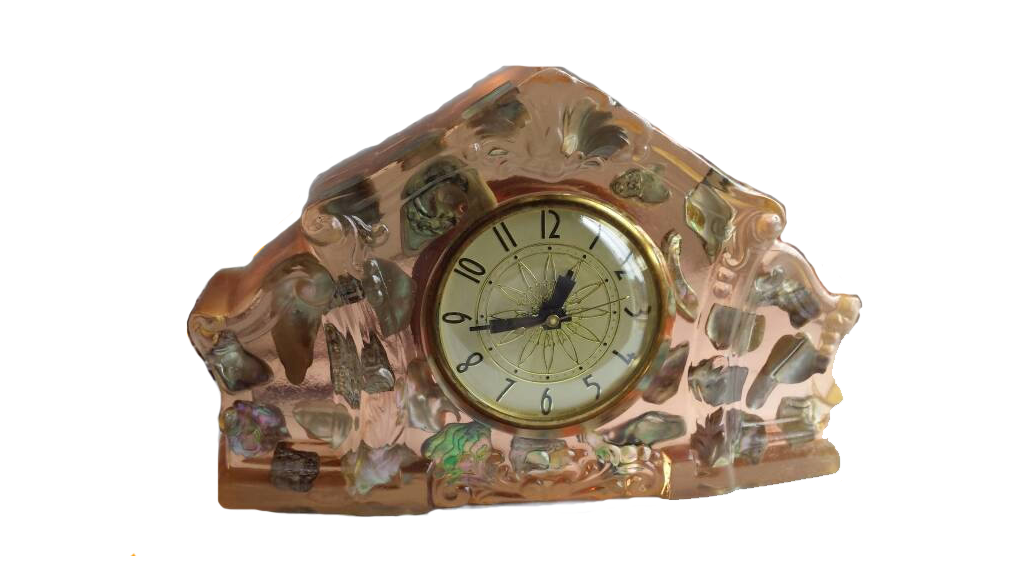Outside a small craft store in Birmingham, Alabama, a man pours plaster molds in a makeshift plant of rough sheets of plywood on top of dusty sawhorses. These plaster molds, soon to be distributed around the country and designed for the typical ceramic vases or classic sculpture recreations of the average at-home crafter; were also made for something far less conventional- the creation of Vomit Clocks.
Lee Peak, a mechanical consultant with a fondness for motorcycles and machinery, grew up an active team member in his parent’s entrepreneurial visions. Don and Neil Peak owned the craft store Peak’s Craft and Paints in Birmingham and beyond selling supplies to the Alabamian artist community, the couple built partnerships with Swanson, a mold manufacturer in Tennessee; and Lanshire Corporation, a clock-making company whose parts are often used in the production of Vomit Clocks.
The Peak family contracted their work with Swanson, which shipped their molds across the country, but they also supplied their creations to local shops.
“My “job” (those who don’t work, don’t eat) was to install the movement [the clock part], pack them two to a box and load them into a Dodge van with brown shag carpet, to be delivered,” Lee recalled. His childhood was filled with the focused role of turning artistic creations into practical business exchanges as he worked alongside his parents.
While typical craft molds were from a particular kind of plaster using Gypsum, Vomit Clocks are created using a thicker plaster mold for resin, in order to withstand higher temperatures without deformity. These resin molds were sold to the at-home crafters who wanted to create their own pieces of functionality or art of varying kinds.

Figurines created from the molds produced by the Peak family
The popularity of the Vomit Clock resin molds grew so that customers were purchasing resin in quarts and gallons, eager to dive into creating the clocks from scratch using their own handiwork. Lee today keeps in storage a resin clock filled with light green marbles in the shape of a P laying on its side, characterizing the somewhat quirky and distinct presentation of a Vomit Clock. Rocks, a popular item to fill the clocks with, were sold at the Peak family store and dyed into vivid shades of green and red to catch the eye.
The family, forever artists, didn’t simply stop at producing molds to sell to their customers. Don Peak actually began to use the plaster making process to create ‘simulated marble clocks,’ which swirled cement into the creamy white plaster, creating the illusion of a clock crafted from marble.
Neil Peak, the celebrated creative genius in the family, used the leftover plaster as canvas for her paintings. Always searching for ways to create functionality and beauty out of anything, she even used the remains of cured resin to create glass molds to sell.

One of Neil Peak’s paintings on plaster
In looking back on his fascinating childhood working alongside his family to produce molds and create such a remarkable form of art, Lee thinks of how small the world is. As he was sharing the story of his childhood to a colleague at his mechanics consulting firm one day, he discovered the colleague had grown up in a craft store much like his parents, which eventually became the predecessor to chains such as Michael’s and Jo-Ann’s. His colleague had also attended school with the daughter of Jon Swanson, who owned the Swansons manufacturing plant that the Peaks partnered with.
The story of the Peak family shows us a glimpse into the fascinating legacy and enriched culture that Vomit Clocks carries. That such a small, perhaps seemingly-insignificant craft could become an integral part of a family business that today continues to make connections in the larger world speaks to the power of niche interests and the bonds they create that persist in broader life.

